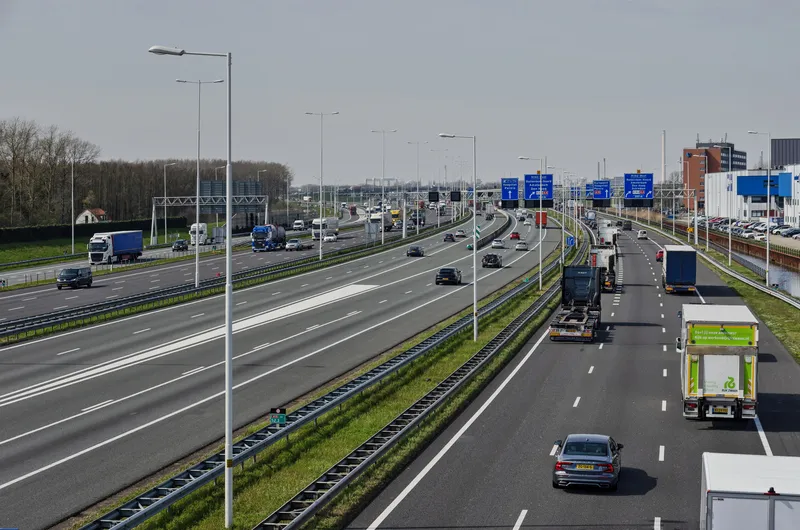Delegates to the ITS AP Forum will have an opportunity to visit Kuala Lumpur’s Stormwater Management & Road Tunnel (SMART), a unique solution to the Malaysian capital’s long-term traffic and stormwater management problems – the first tunnel of its kind in the world.
March 15, 2012
Read time: 2 mins
Delegates to the ITS AP Forum will have an opportunity to visit Kuala Lumpur’s Stormwater Management & Road Tunnel (SMART), a unique solution to the Malaysian capital’s long-term traffic and stormwater management problems – the first tunnel of its kind in the world. The dual-purpose tunnel can divert floodwaters away from the confluence of two major rivers running through the city centre, while its central section doubles up as a twin deck motorway to relieve traffic congestion at the main southern gateway into the city centre.
SMART, which cost some US$515M and opened to traffic in May 2007, comprises 9.5km of tunnel with the central 3km incorporating the double deck motorway. There are three modes of operation:
Mode one operates under normal conditions when low rainfall means that no water needs to be diverted into the tunnel. Moderate storms activate mode two, when floodwater is channelled into a bypass tunnel in the lower section of the motorway tunnel, enabling it to remain open to traffic; during the once or twice yearly heavy Monsoon storms a switch is made to mode three when the tunnel is closed to road traffic and the full tunnel section, with a combined capacity of three million cubic metres, becomes available to divert the dramatically increased flows of water.
SMART, which cost some US$515M and opened to traffic in May 2007, comprises 9.5km of tunnel with the central 3km incorporating the double deck motorway. There are three modes of operation:
Mode one operates under normal conditions when low rainfall means that no water needs to be diverted into the tunnel. Moderate storms activate mode two, when floodwater is channelled into a bypass tunnel in the lower section of the motorway tunnel, enabling it to remain open to traffic; during the once or twice yearly heavy Monsoon storms a switch is made to mode three when the tunnel is closed to road traffic and the full tunnel section, with a combined capacity of three million cubic metres, becomes available to divert the dramatically increased flows of water.










